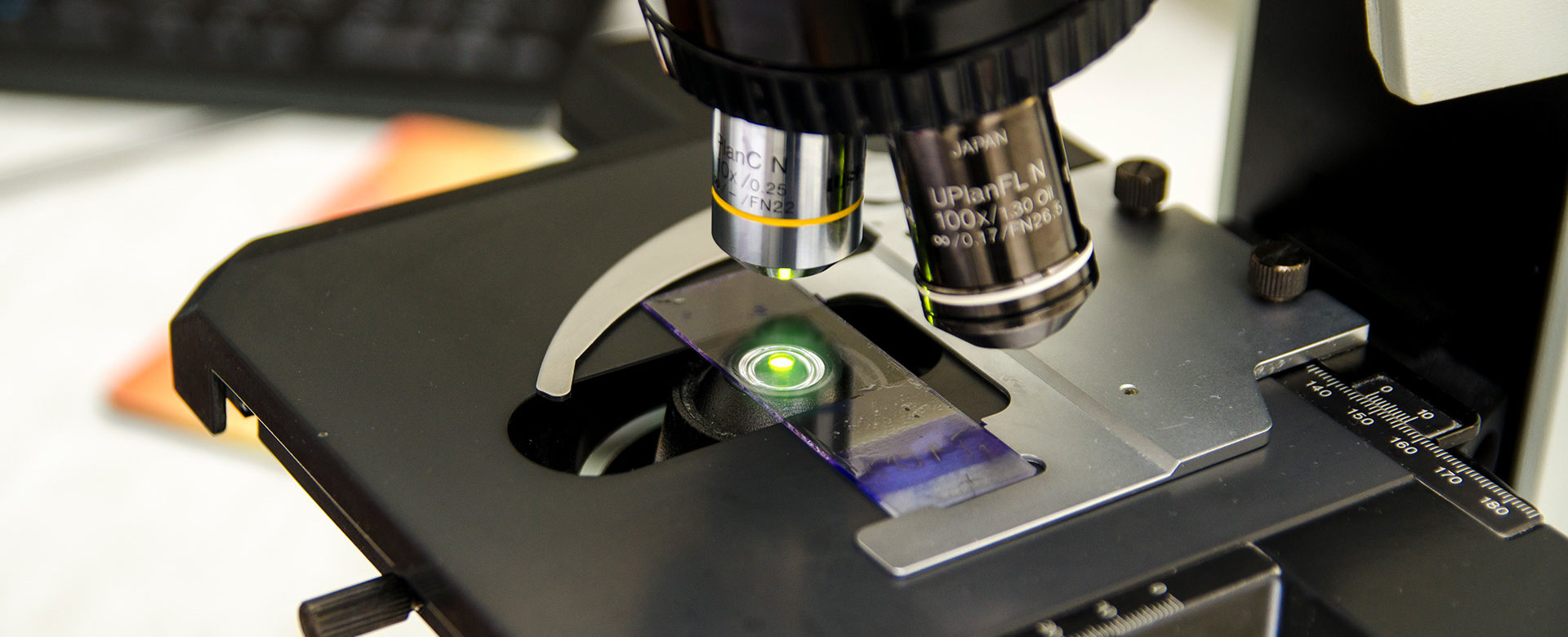Insemination
It is the placing of sperm into a woman’s uterus using catheter at the time of ovulation, provided that both woman’s fallopian tubes are passable.
To which couples this procedure is advised?
- If the number and motility of sperm cells have been moderately reduced – not less than 10 million and not less than 20% of motility
- If there are antibodies to the sperm
- If the woman has an intact patency of the fallopian tubes and ovarian reserve
When it comes to women younger than 35 years, it has been found that the success of insemination is greater during an ovarian stimulation, than in a natural cycle.
Stimulation of ovulation is mild in order to avoid the development of a large number of follicles – optimal number is two.
Monitoring the development of follicles is carried out by means of the ultrasonic device two or three times in the course of ovarian stimulation.
Sperm cells sampling for the purpose of analysis in the laboratory is done on the day of the insemination (in exceptional cases when the partner is not present in the required period, the sperm is defrosted if stored in this manner).
Insemination is a painless intervention which is done by a very small catheter which is placed into the cervix canal, and the processed sperm cells are placed in the uterus by using a syringe.
Success rate per cycle is 25- 30% in our institution.


